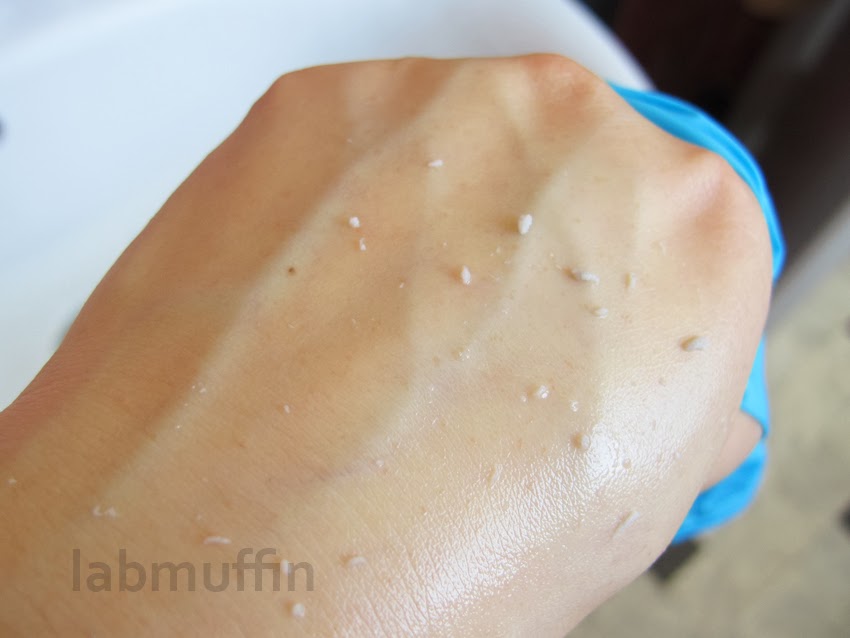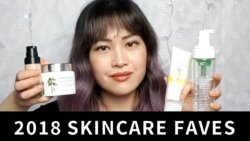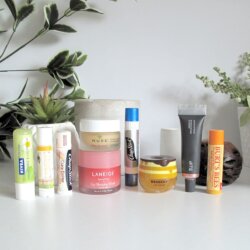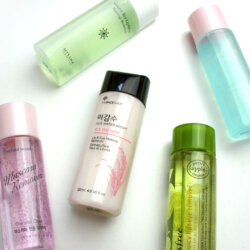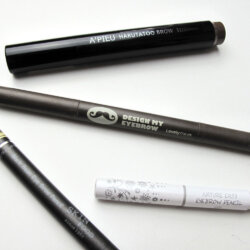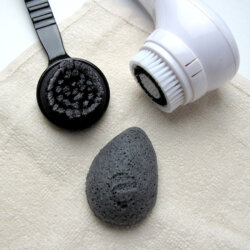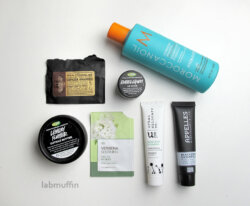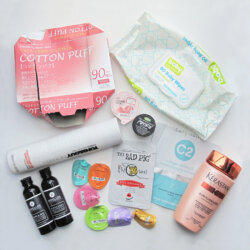Do peeling gels really peel off my skin?
“Is all the stuff that rolls off with a peeling gel really my skin?“ This is a question I come across a lot! In case you’ve forgotten, a peeling gel is a popular type of cleanser in Asia. You start off with a watery gel like this, which you spread over your face (the one picture here is Laneige Strawberry …
